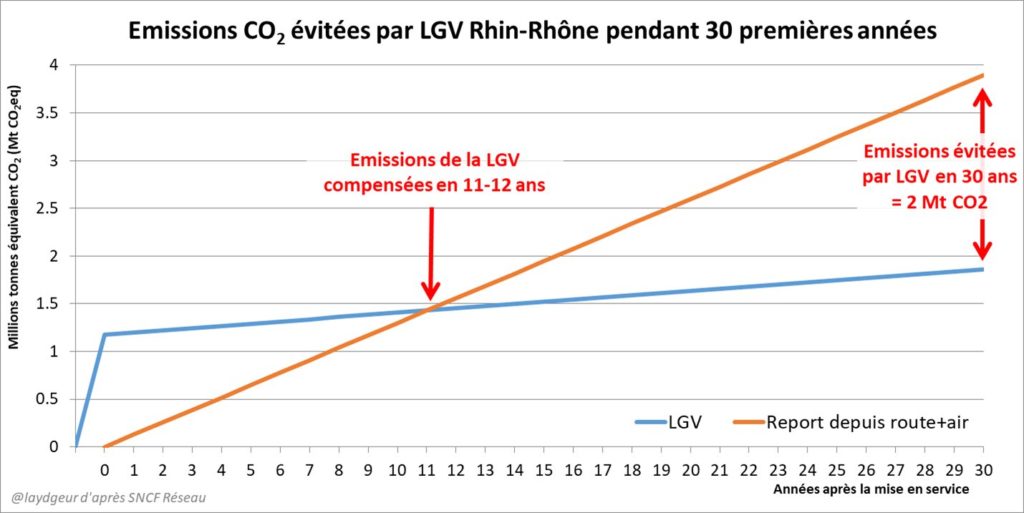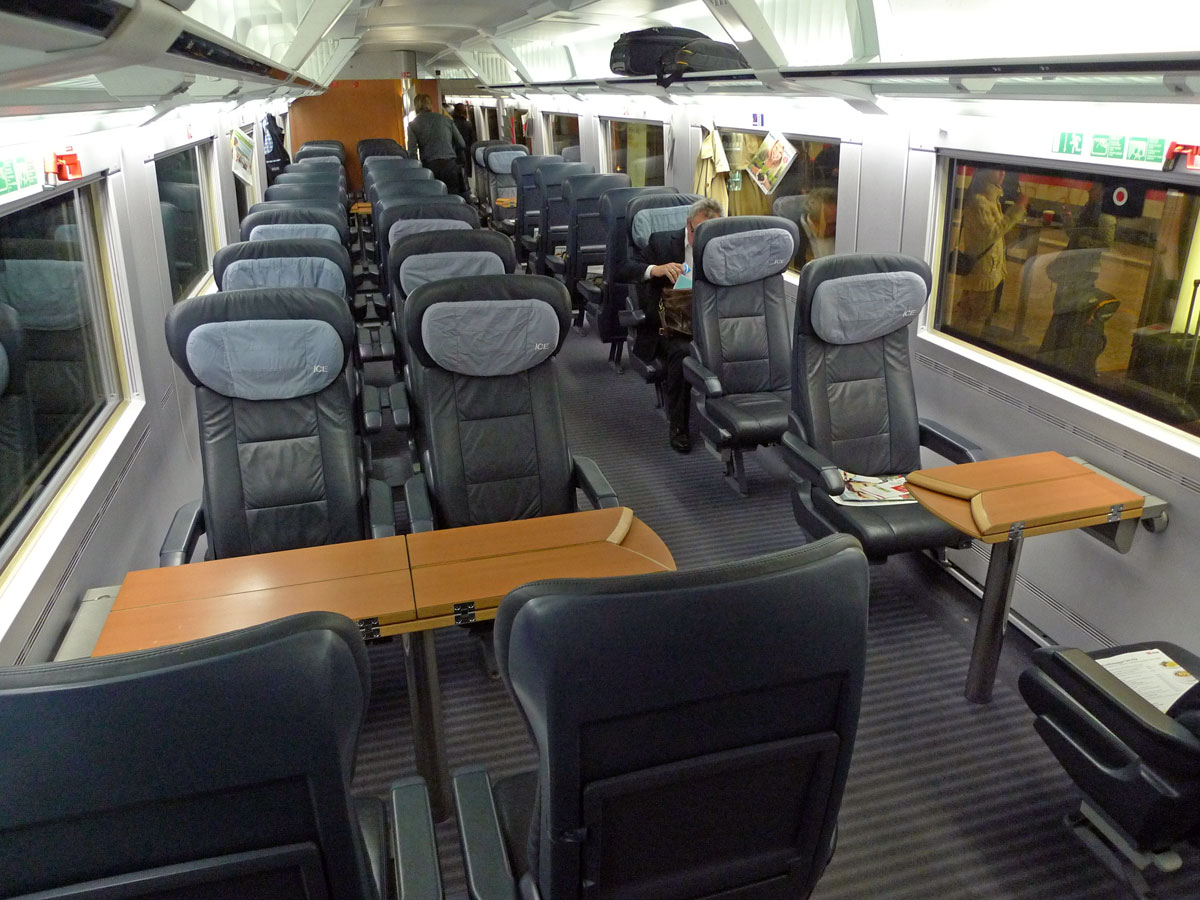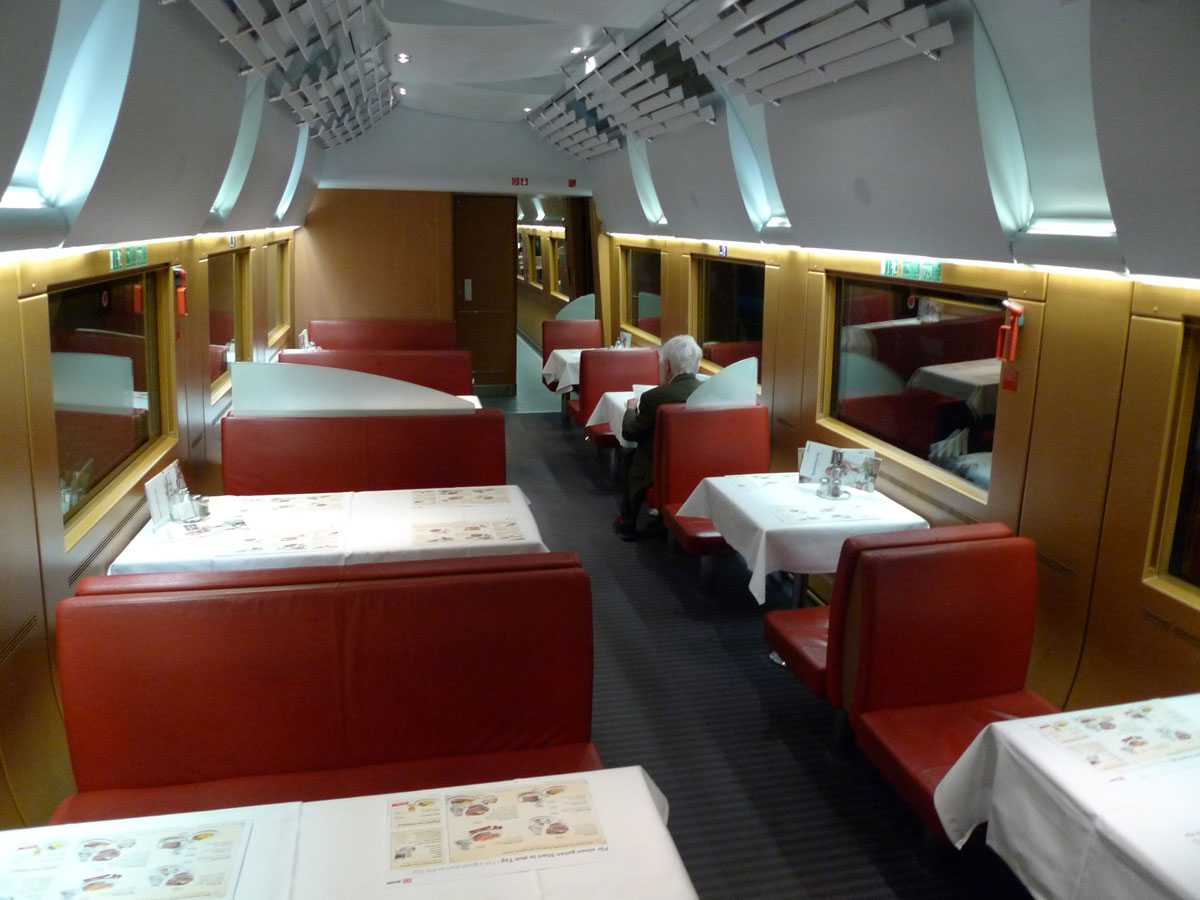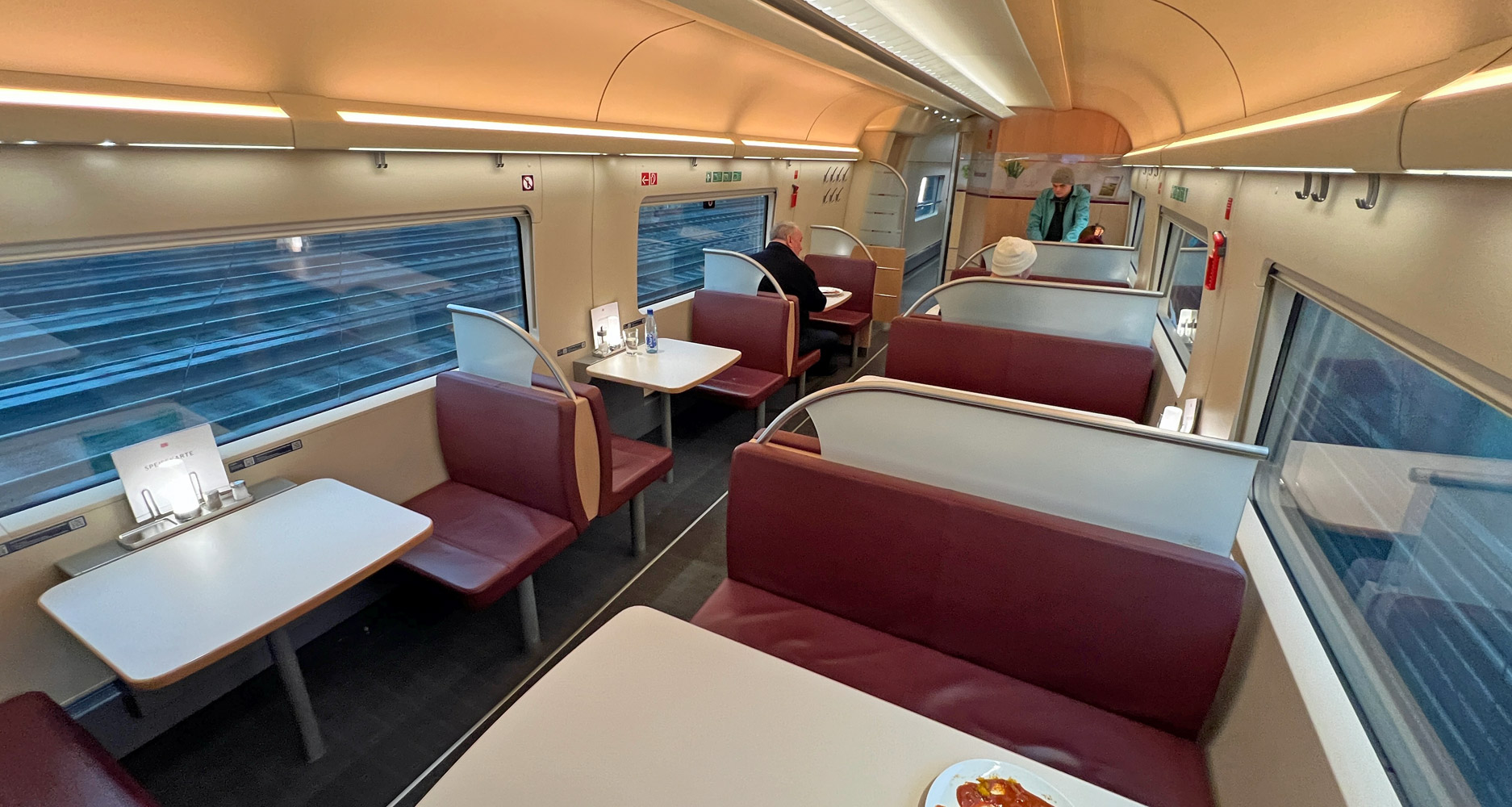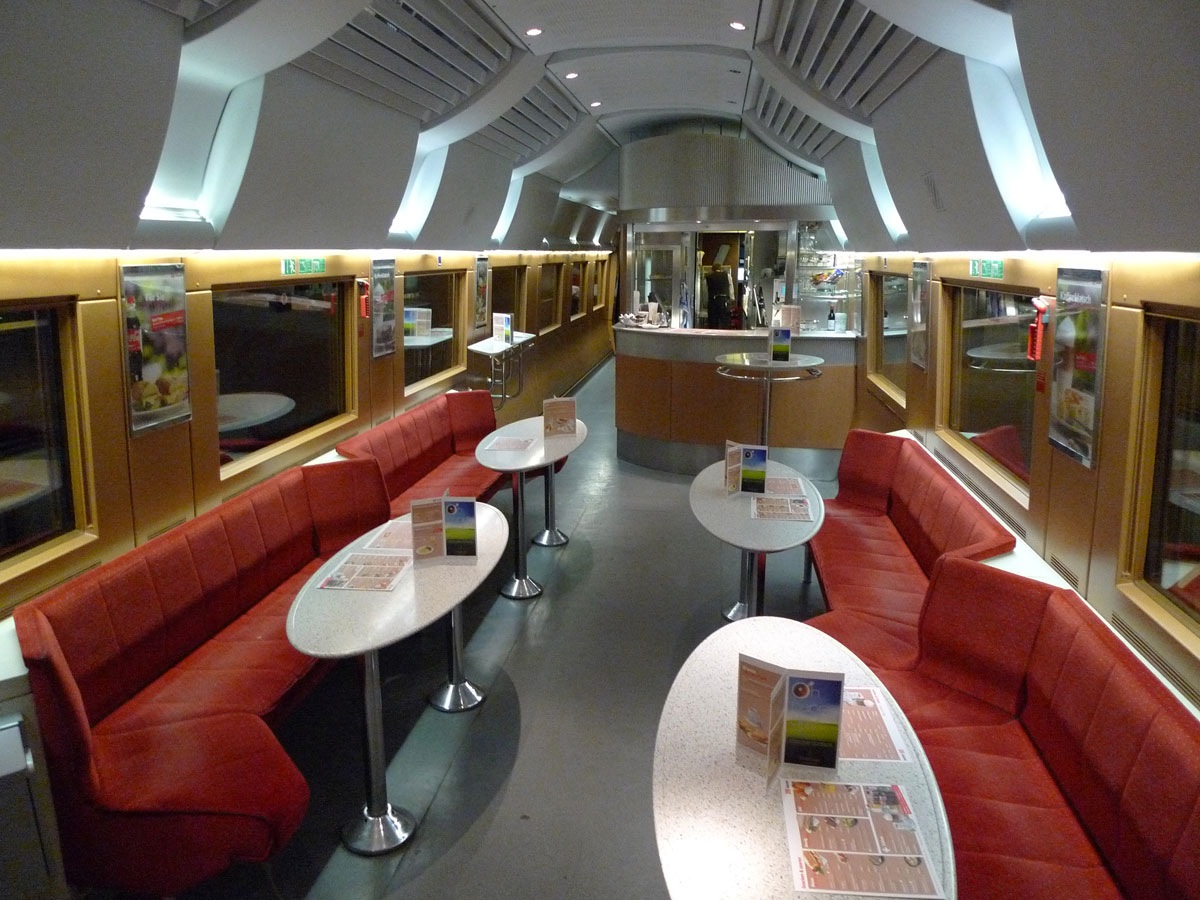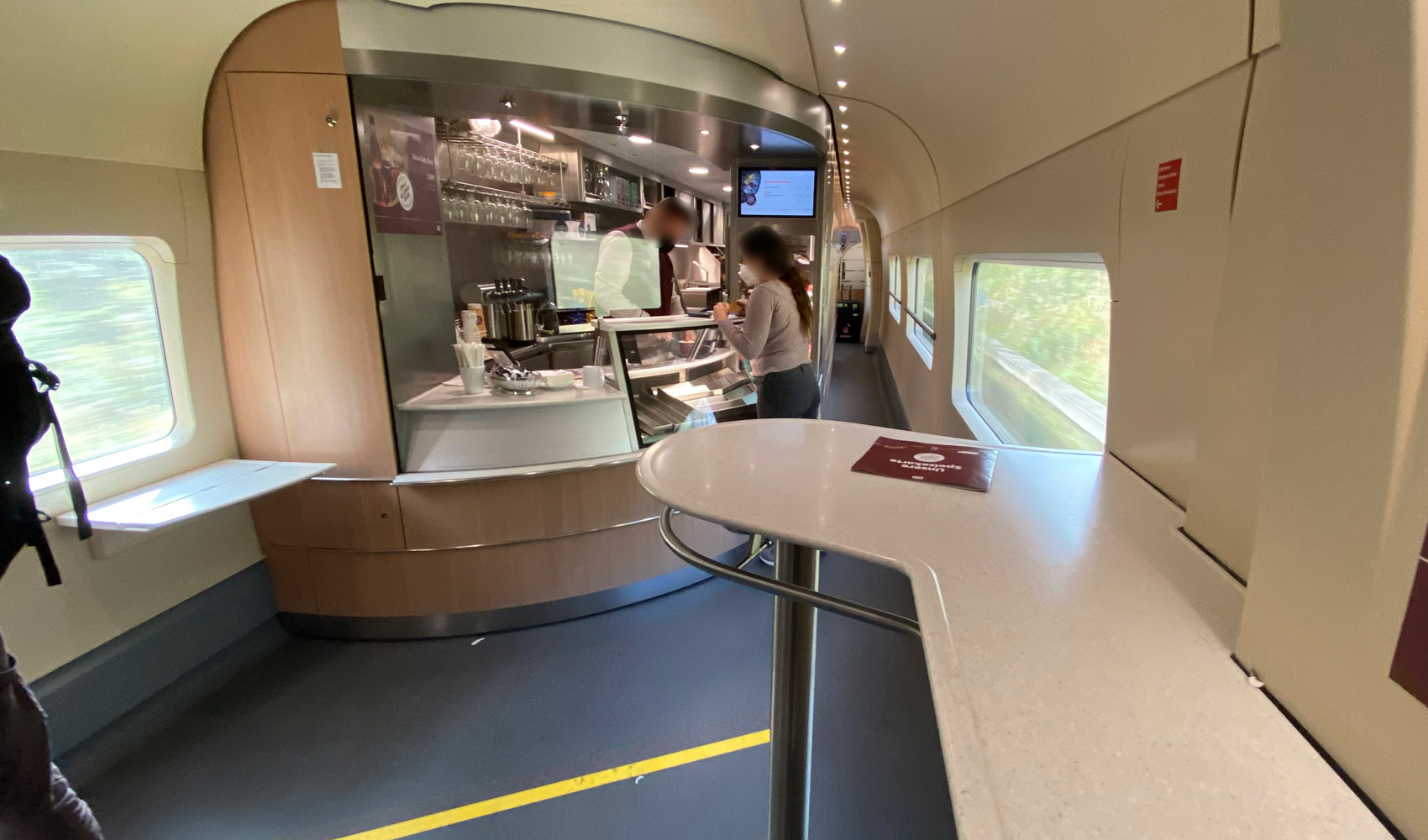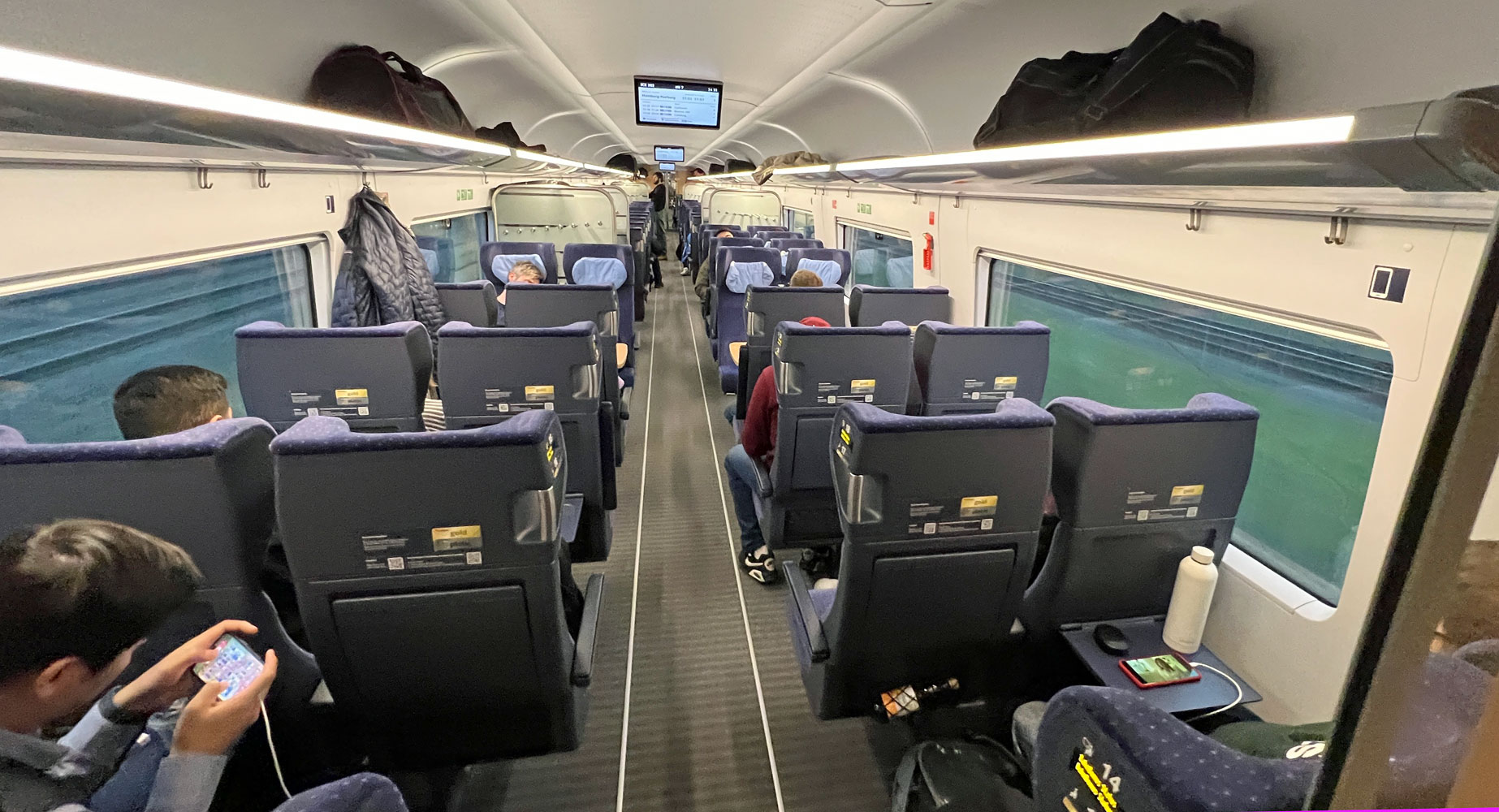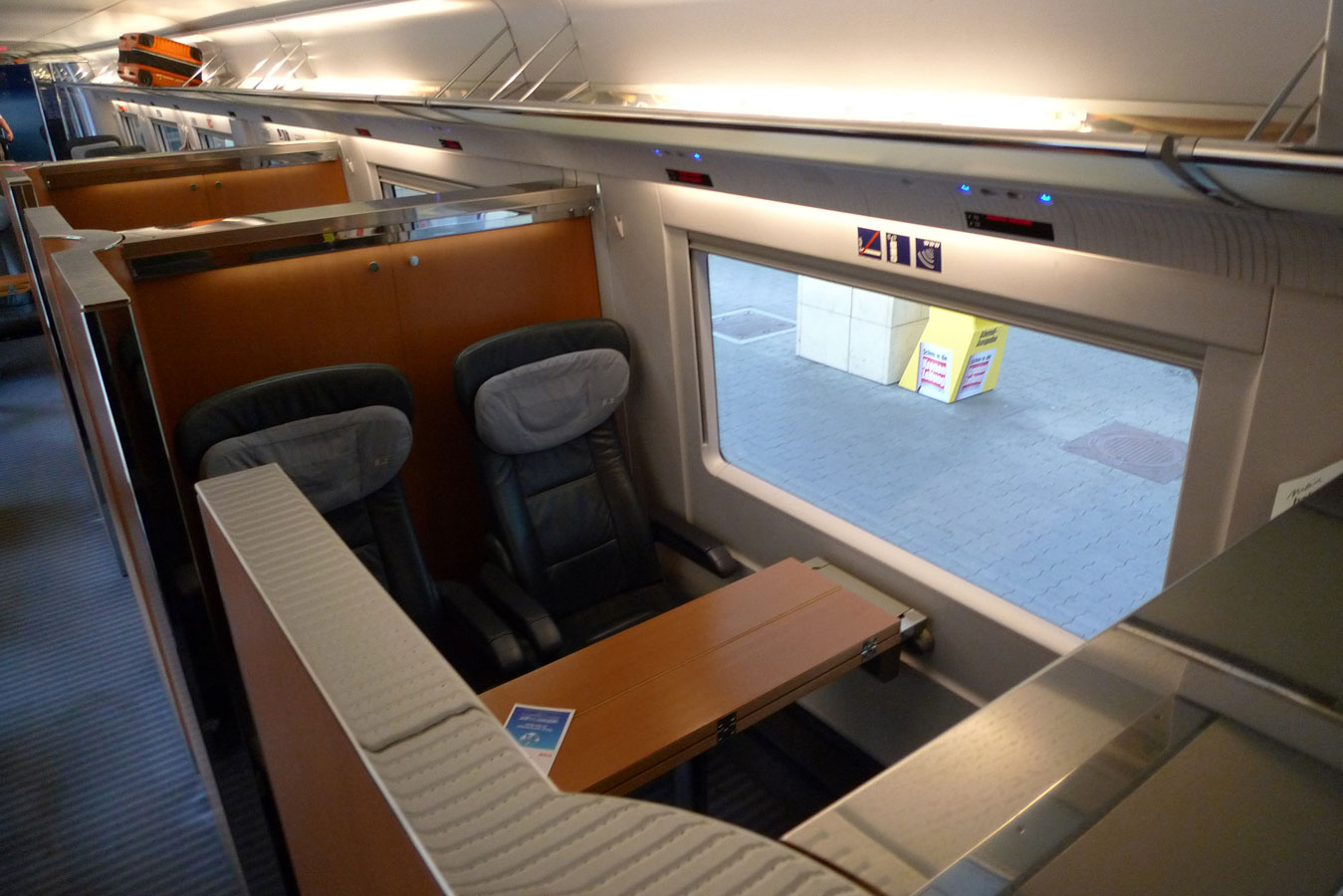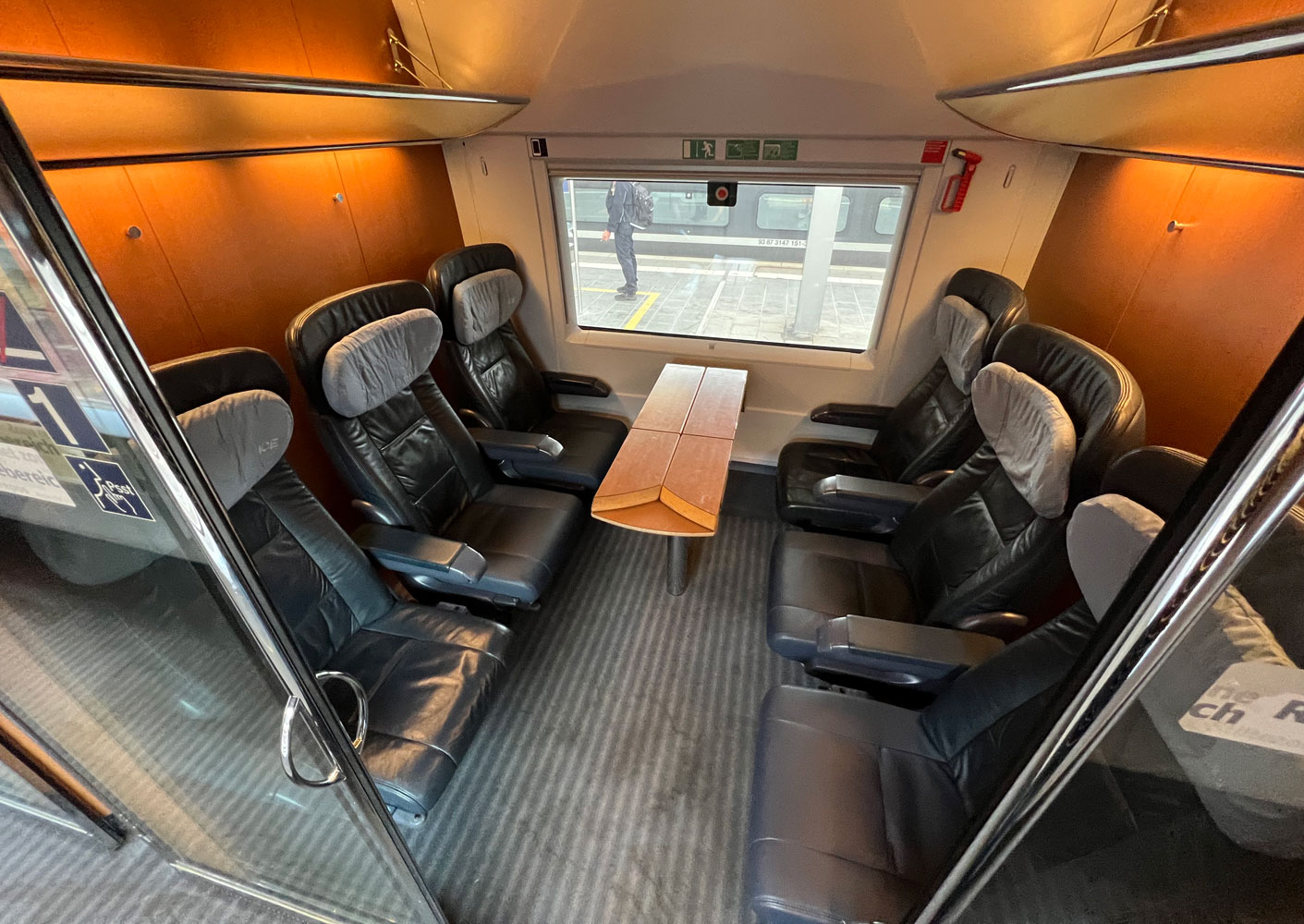| Country | Length of lines in operation (km) | Lines under construction (km) | Approved but not started construction | Max speed (km/h) |
| China | 26,869 | 10,738 | 1,268 | 350 |
| Spain | 3,100 | 1,800 | 0 | 310 |
| Japan | 3,041 | 402 | 194 | 320 |
| France | 3,220 | 125 | 0 | 320 |
| Germany | 3,038 | 330 | 0 | 300 |
| Sweden | 1,706 | 11 | 0 | 205 |
| United Kingdom | 1,377 | 230 | 320 | 300 |
| South Korea | 1,104 | 376 | 49 | 305 |
| Italy | 999 | 116 | 0 | 300 |
| Turkey | 802 | 1,208 | 1,127 | 300 |
| Russia | 845 | 0 | 770 | 205 |
| Finland | 609 | 0 | 0 | 220 |
| Uzbekistan | 600 | 0 | 0 | 250 |
| Austria | 352 | 208 | 0 | 250 |
| Taiwan-China | 354 | 0 | 0 | 300 |
| Belgium | 326 | 0 | 0 | 300 |
| Poland | 224 | 0 | 484 | 200 |
| Netherlands | 175 | 0 | 0 | 300 |
| Switzerland | 144 | 15 | 0 | 250 |
| Luxembourg | 142 | 0 | 0 | 320 |
| Norway | 64 | 54 | 0 | 210 |
| U.S.A. | 54 | 192 | 1,710 | 240 |
High-Speed rail lines are the buzzword of the last two decades, but apart from China, Japan, Germany, Spain, and France, most are lagging behind or are in the "planing" stage for 20 to 40 years.
Many fail to get out of the planning stage because of costs and economic viability studies.
And this is mainly because most failed High-Speed-Rail projects have one fatal flaw:
They just want to connect some big cities mostly in a straight line.
That can work if the cities are big enough and it is easier than taking a flight, which is probably the issue because the rail lines are only serving the big cities anyway.
So why take a train?
For a High-Speed-Rail to work you can't just connect a few big cities and call it a day.
Mind you, that is also the case in China, Japan, Germany, Spain, and France. The HS Trains only stop at big cities, even if there are more of them connected.
BUT! They have one glaring advantage: They have feeder lines. And many of these feeder lines are loss-leading. Germany had over 3,000 kilometers of HS-Rail and 33,000 kilometers of normal rail lines.
Why are the feeder lines needed?
- As the name suggests, they feed passengers to the HS lines, making them more profitable or even only profitable with the passengers from feeding lines.
- it makes it possible for people outside of big cities to get around without the need of a car. If you can only use a train for 10 to 20% of the time/distance (the scenario where you go from one big city to another), why even use a train and not just get a car instead?
- Let's say you live in a small city of 20,000 people and you want to take a vacation 300 kilometers away. The next HS train station is 30 kilometers away and the little vacation spot is another 20 kilometers from the nearest HS train station. Without feeder lines, would the family take the HS train and uses buses/taxis/rentals for the two stretches they can't use the train or would they just use the car the whole way? If you have feeder lines, they can take the slow train to the big city at the start and the slow train from the big city to the vacation spot while most of the route they travel in the High-Speed train.


